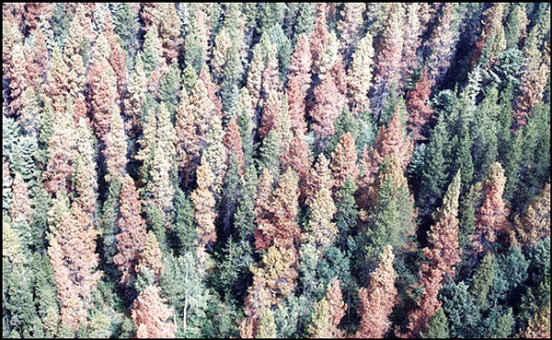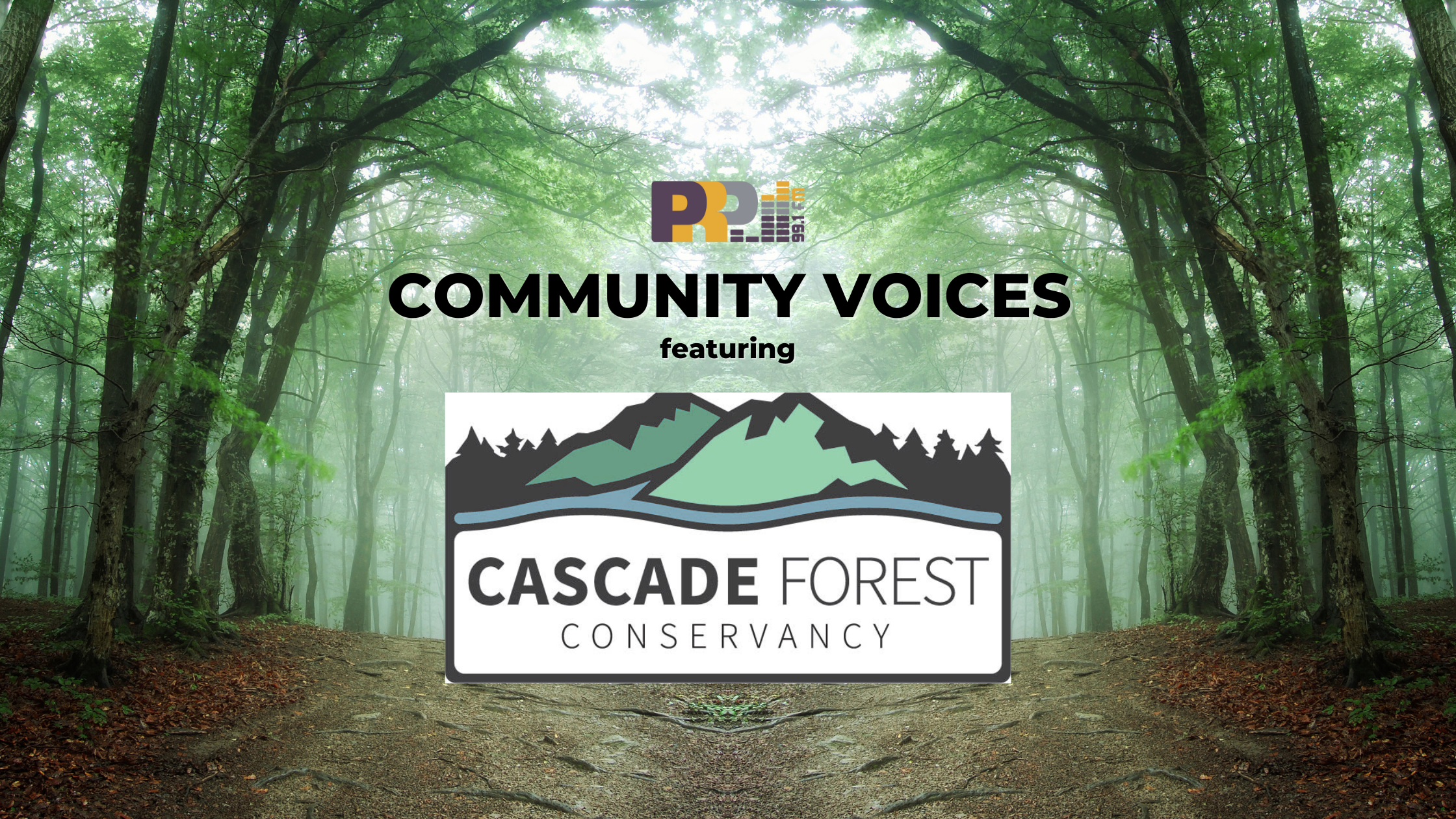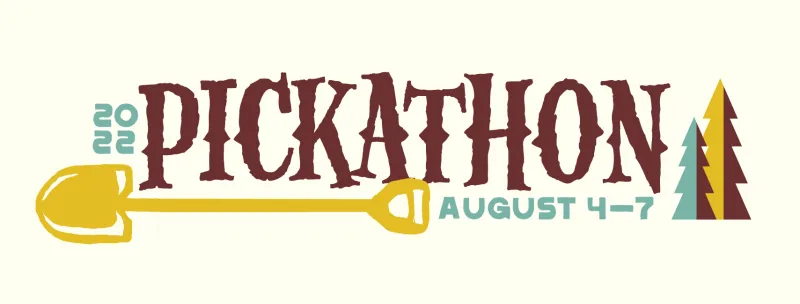Oregon’s forests provide a multitude of benefits, such as clean air, clean water, wildlife habitat, beautiful landscapes, and places to learn and play. Today, however, the forests of Oregon are facing challenges.
Unhealthy. Overstocked. Needing Intensive Management
So says Oregon State Forester Doug Decker in the following column, set to appear in an upcoming issue of the Oregon Department of Forestry’s “Forests for Oregon” publication. Read the column, below.
From Oregon State Forester Doug Decker:
Many eyes are on Oregon as we take on a challenge that looms in every Western state with large expanses of federally owned forestland in dry regions. It’s a sweeping “we”—government at all levels, interest groups, and ordinary citizens striving for a better future for these forests and the communities and economies dependent on them.
The U.S. Forest Service has launched key initiatives to thin and help restore the health and fire resiliency of the forests, and to provide much-needed raw material to mills. The Malheur National Forest, for example, has issued an unprecedented 10-year stewardship contract, adding certainty around material supply, and ramping up restoration work.
Like other innovative approaches in dry-forest regions, the contract reflects hard work toward common ground among citizens, local leaders, and interest groups traditionally at odds.
Another reason for the national attention focused our way is the state’s pioneering role. Responding to Governor Kitzhaber’s 2013-15 recommended budget, the Legislature invested $2.88 million to step up restoration of these lands, where minimal harvest or other management, ongoing fire suppression, and climate trends have produced unhealthy, crowded stands, alarming fuel buildups and severe wildfires.
This investment will help support local citizen groups, engage state agencies and contractors, and advance direct work with the Forest Service to bring restoration to a larger scale.
To further express the state’s commitment, the Board of Forestry has adopted an action plan for raising its profile in the collective effort to address federal forest issues locally and nationally.
These are but a few examples of what is happening in Oregon. You’ll be seeing more about our progress. It is well worth watching.
You can read more about the health of Oregon’s forests at these links:
Forest Health Management in Oregon
https://www.oregon.gov/odf/privateforests/pages/fhpests.aspx
The Department of Forestry’s Federal Forestlands Advisory Committee
https://www.oregon.gov/odf/pages/board/ffac.aspx
- A Very New Pickathon in 2022 - August 13, 2022
- Pickathon returns to Pendarvis Farm! It’s not just the artists that’ll be new. - August 3, 2022
- July is BIPOC Mental Health Awareness Month (Black, Indigenous, Persons of Color) - July 14, 2022










Leave A Comment